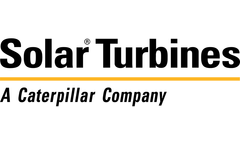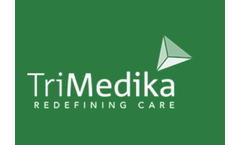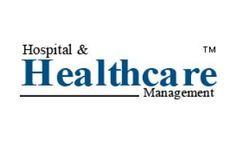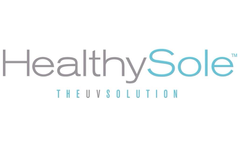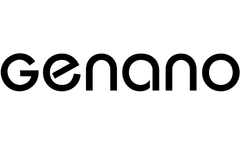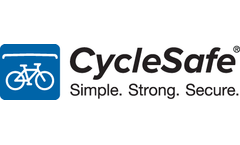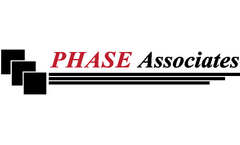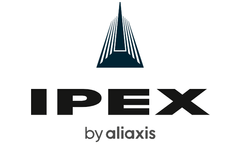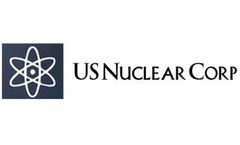Refine by
Facilities Hospitals Articles & Analysis
25 articles found
St. Joseph's Hospital Health Center is a 451 bed hospital in Syracuse, NY. In 2009, St. Joseph's began a $220 million expansion, including a new surgical tower, new emergency services building, an emergency psychiatric program, and an energy-efficient data center. Completed in 2015, the expansion meets LEED Gold certification, the second-highest LEED tier. The expansion incorporated maximization ...
Penn Medicine Princeton Medical Center, formerly known as University of Princeton Medical Center at Plainsboro, is one of the most advanced healthcare institutions in the nation. Established in 1919, the hospital moved from Princeton, NJ to a new $522 million, 636,000-square foot facility in Plainsboro, NJ in 2012. The new facility houses 231 ...
Albany Medical Center in downtown Albany, NY encompasses the 651-bed Albany Medical Center Hospital, as well as the 550-student Albany Medical College. It is a Level-I Trauma center, and the only academic health sciences center in Northeastern New York State. In 2013, Albany Medical Center underwent a $330 million expansion of the Medical Center Hospital. Not only does the expansion allow for ...
Morristown Medical Center is located at 100 Madison Avenue, Morristown, NJ 07960. It is a 700+ bed regional trauma center and has been the top ranked hospital in New Jersey for the past four years. The initial goal of switching to CHP was to have reliable electricity for the hospital at all times. This developed into a state-of-the-art cogeneration plant and now provides the hospital with ...
Penn State Hershey Medical Center is known as the premier provider of medical care in the central Pennsylvania area, recognized as the number four hospital in the state and home to PA’s only medical facility accredited as both an adult and pediatric Level 1 Trauma Center. Demonstrating their commitment to both top notch patient care and sustainability, the ...
The nuclear cardiology department at Ochsner Health System, a New Orleans-based multi- hospital organization with facilities peppered throughout southern Louisiana, is revising its cardiac imaging model and implementing a flow-based imaging program. ...
What is a Hospital Acquired Infection? A Hospital-Acquired Infection (HAI) (also know as a Healthcare-Associated Infection (HCAI) or nosocomial infection) is defined by WHO as ‘an infection acquired in hospital by a patient who was admitted for a reason other than that infection1‘. This includes infections acquired in the ...
It may surprise you to learn that the third most common cause of death in the U.S. is reputed to be medical negligence. The figures vary on the actual average number of deaths due to medical negligence each year. A John Hopkins study put the number at approximately 250,000 but other sources suggest it’s over 400,000 cases annually. The situation is so dire that the doctors involved with ...
The result is a decrease in the proliferation and cross contamination of pathogens of interest on touch surfaces, walls and other areas of healthcare and other controlled environments. How Pathogens Spread in Hospitals In medical facilities, pathogens can spread through direct and indirect contact. ...
Damman Central Hospital Located in Dammam, Eastern Province of Saudi Arabia A Government hospital, under Ministry of Health KSA Number of beds: 451 Challenge When the MERS epidemic struck Saudi Arabia, hospitals were not ready for the amount of patients that desperately needed isolation rooms. ...
For research facilities, hospitals, clinics, doctor offices and other medical establishments, vaccine storage is absolutely critical to ensuring the accuracy and efficiency of vaccines administered. ...
CycleSafe had the opportunity to partner with a Michigan hospital that has been paving the way for hospital planning with its state-of-the-art facilities. This award winning hospital has been recognized as a groundbreaking healthcare facility that redefines how we understand what a hospital or ...
HealtySOLE has launched a new PLUS model of its shoe sanitizer meant for use in hospitals and other settings where infection control is urgent. Researchers have proven a device using ultraviolet light technology can neutralize the coronavirus and other infectious diseases on the soles of shoes by more than 99.5 percent, according to a new study. ...
Department of Veterans Affairs (VA) was looking to reduce their expenses on the utility bills for their 168 hospitals and medical facilities. VA performed a study to evaluate CHP in all VA medical facilities and identified 48 of the 168 facilities that held high potential for energy cost savings with Combined Heat and Power. ...
Department of Veterans Affairs (VA) was looking to reduce their expenses on the utility bills for their 168 hospitals and medical facilities. VA performed a study to evaluate CHP in all VA medical facilities and identified 48 of the 168 facilities that held high potential for energy cost savings with Combined Heat and Power. ...
Hospital central fill facilities and individual hospitals will soon need to comply with the updated USP guidelines. ...
Glutaraldehyde is very similar to formaldehyde in its structure and uses in the healthcare industry. Chemically, glutaraldehyde exists at room temperature as a liquid, whereas formaldehyde exists under those conditions as a gas, which can easily be dissolved in water. Glutaraldehyde is often used as a substitute for formaldehyde because formaldehyde is now a suspect cancer-causing substance. ...
In keeping with the goal to construct and renovate long-term care facilities, hospitals and health centres, the Province of Newfoundland and Labrador is nearing completion of a new $118 million state-of-the-art long-term care facility on an 18-acre site in St. ...
The mechanical error at the Sydney plant sent hospitals throughout Australia and Southeast Asia scrambling to cover more than 10,000 doses a day, or about 8% of the worldwide demand. ...
Concentrations and percent loadings of pharmaceutically‐active compounds (PhACs) and other emerging contaminants (ECs) released from healthcare facilities (2 hospitals and a long‐term‐care facility) to a sewage treatment plant (STP) in a large urban sewershed was evaluated. An additional hospital outside the sewershed was also ...

